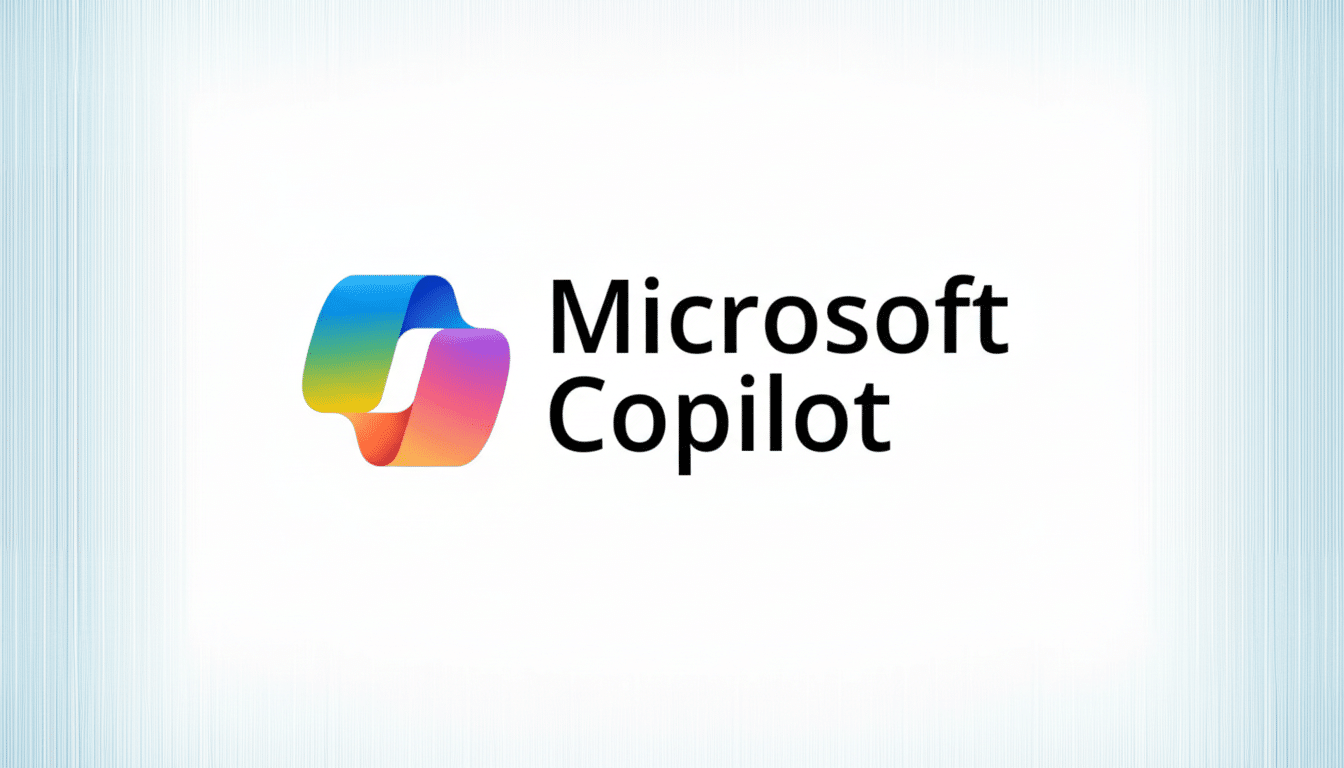People Inc, one of America’s biggest media publishers, has signed a new AI licensing agreement with Microsoft as it looks to monetize its content directly from consumers after traffic arriving via Google starts to decline. The company, which used to be called Dotdash Meredith, said it would be a launch partner in Microsoft’s publisher content marketplace and that its brands would serve as premium inputs for artificial intelligence products like Copilot.
What the Microsoft licensing agreement entails
Executives referred to Microsoft’s marketplace as a pay-per-use model, in which AI systems compensate publishers for individual uses of their material. With Microsoft, whose Copilot is expected to be the first customer, as the lead buyer, it’s also a sign of how both training and real-time grounding of AI responses are betting on high-quality, licensed content.
- What the Microsoft licensing agreement entails
- A change of strategy as Google Search traffic slips
- Crawl-blocking tactics used to stimulate negotiation
- How a pay-per-use model for AI content might work
- Financial signals, recent results and near-term outlook
- Why this deal matters for publishers, AI, and consumers

The structure also departs from People Inc’s prior deal with OpenAI, which management has likened to a buffet-style “all you can eat” deal. In practical terms, the Microsoft approach implies more granular accounting — possibly paid when content is ingested for retrieval, when an excerpt is presented to a reader, or even when publisher data is used to train and evaluate models. Specific terms were not disclosed.
For Microsoft, the deal is another step in a strategy to secure vetted, rights-cleared content from trusted sources, which it has said will be used not only to improve accuracy but also to limit legal risk. For publishers, it’s a step toward a pricing structure that recognizes the ongoing value of content baked into AI products rather than paying once for the rights to use it.
A change of strategy as Google Search traffic slips
People Inc said that Google Search represented 54% of its audience two years ago and had dropped to 24% in the most recent quarter partly because of AI Overviews’ impact on referral traffic. That swing is consistent with a larger industry trend: when AI-generated answers bubble to the top above links, publishers get fewer clicks even if their reporting informs that answer.
Third-party analyses by the firms Similarweb and Sistrix have indicated similar slowdowns for many content sites as search interfaces increasingly emphasize zero-click experiences. The conclusion for publishers seems obvious – establish direct monetization channels with AI platforms or be faced with an ever-increasing disconnect between content generation costs and traffic-generating revenues.
Crawl-blocking tactics used to stimulate negotiation
People Inc has leveraged Cloudflare’s bot management tools to block many AI crawlers while keeping its back doors open to Google’s bot, in an effort to force AI companies into licensing their tech rather than freely ingesting it. The company has hit back at Google for using a single crawler across search and AI features, effectively preventing publishers from distinguishing between acceptable indexing and AI training.
The blockade seems to be working. Restricting unlicensed access “brought almost everyone to the table,” management said, and helped drive dealmaking momentum. It’s a playbook that other major publishers have also followed, using access controls as leverage to bargain over payment as well as usage transparency.

How a pay-per-use model for AI content might work
As the market is developing, a viable pay-per-use model may need to capture several dimensions: embedding content within knowledge stores, retrieving passages to ground an answer, and delivering excerpts or citations to end users. And every step can be metered and priced — with data provenance logs to audit who used what, when, and how.
Publishers are expected to request visibility in model pipelines, possibly including opt-in controls over training versus inference-time grounding. In Europe, changing copyright guidance and press publishers’ rights also bear down on accurate tracking of to whom content is licensed. The net result could be a more standardized content economy for AI, similar to the way music licensing has migrated toward streaming-era reporting.
Financial signals, recent results and near-term outlook
People Inc reported digital revenue in the quarter was up 9 percent to $269 million, performance marketing up 38 percent, and licensing up 24 percent. Its purchase of the food-focused publisher and influencer network Feedfeed grows its recipe and lifestyle footprint, categories that have historically done well in search and may become high-value inputs for AI assistants.
What is at issue now is whether AI licensing can make up for declining search referrals. In another unclear trend, some organizations in the industry like The Associated Press, Axel Springer, and The Financial Times have reached licensing agreements with AI players — while others such as The New York Times are heading toward litigation. People Inc’s two-pronged strategy of dealmaking and crawler controls points to a pragmatic route to near-term revenue and long-term leverage.
Why this deal matters for publishers, AI, and consumers
If Microsoft’s marketplace scales, it could help establish a standard rate for continued AI usage of publisher content broadly — not solely as temporary datasets, like some uses enabled today. For consumers, that may mean more accurate, cited answers in Copilot. For publishers, Microsoft’s initiative offers another line of revenue connected to the actual use of their work — a critical outlet because it provides an alternative source after Google cut off its share of the traffic and artificial intelligence becomes even more prevalent as the main interface with information.
Bottom line: People Inc’s move is both defensive and opportunistic — defensive with respect to search headwinds, opportunistic about being early in the new default licensing model for the AI era. As the market coalesces around clearer rules, better tracking, and a price for quality, more have jumped in — and more deals are likely to follow.

